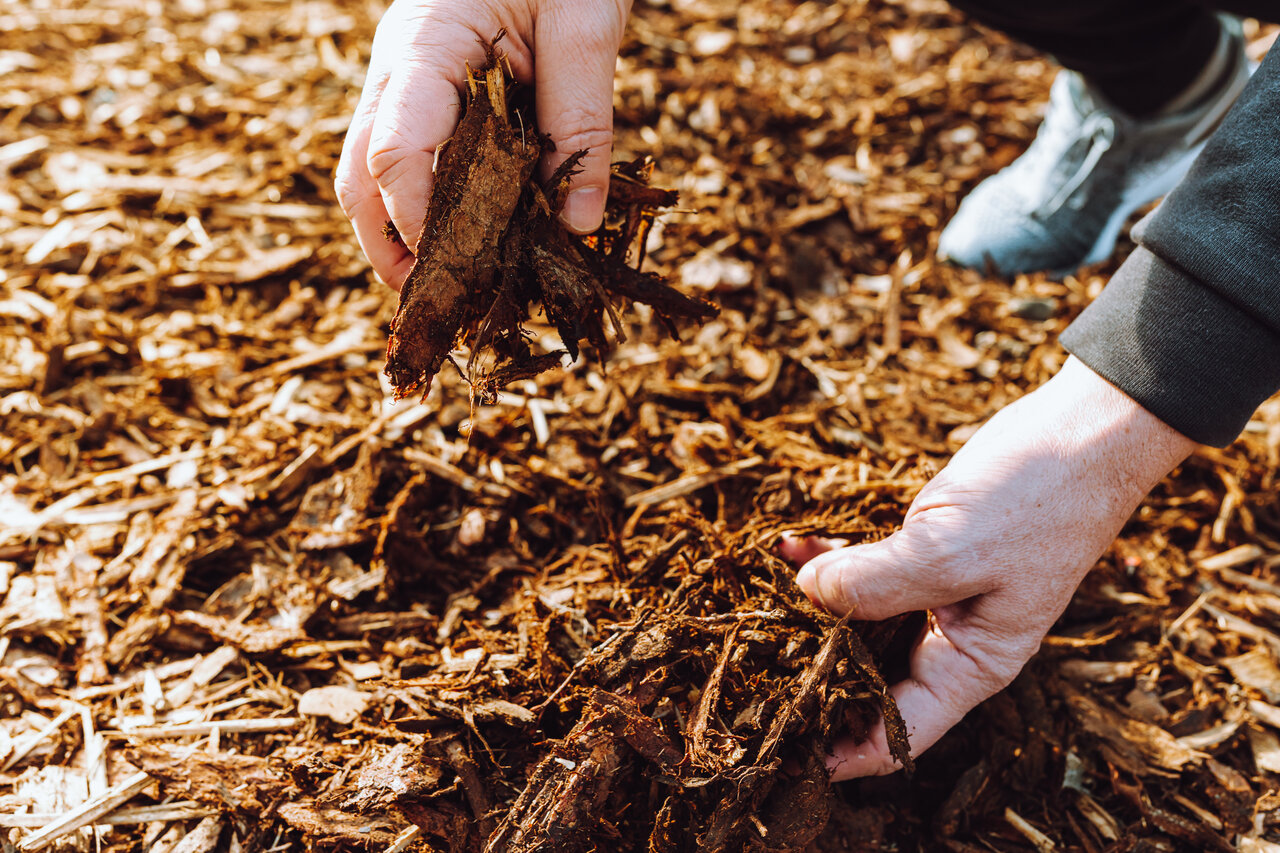Mulching is an essential gardening practice that greatly contributes to the overall wellbeing and successful growth of your plants. By applying a layer of organic or inorganic materials on your garden’s surface, you not only improve the aesthetic appeal of your landscape but also provide numerous benefits to your plants. From assisting with water retention and temperature regulation to suppressing weeds and deterring pests, mulching is a must-have tool in any gardener’s arsenal.
In this comprehensive guide, we will explore the incredible advantages of mulching and introduce you to various types of mulches suitable for different gardening needs. Moreover, we will provide essential pointers on proper mulching techniques, ensuring that you can maximize your garden’s potential with this valuable practice. Regardless of whether you’re an amateur gardener or a seasoned landscaper, our expert advice on mulching will elevate your gardening efforts and enhance the health and beauty of your landscape.
Understanding Organic Mulches
Organic mulches originate from previously living materials, such as wood chips, bark, straw, leaves, and grass clippings. These mulches have various benefits, including the gradual release of nutrients into the soil as they decompose over time. Additionally, organic mulches help improve soil structure by promoting the activity of beneficial microorganisms. Some common types of organic mulches include:
1. Wood chips and Bark: These popular mulch options provide an attractive landscape appearance and effective weed control. While wood chips and bark are generally slow to decompose, they provide long-lasting coverage and require less frequent replacement.
2. Straw: A budget-friendly mulch option, straw works exceptionally well for vegetable gardens and erosion-prone areas. Keep in mind that straw has the potential to harbor weed seeds; therefore, opt for weed-free straw when available.
3. Leaves and Grass Clippings: Readily available and affordable, leaves and grass clippings serve as excellent mulch materials. Shredded leaves are ideal for flower beds and around trees, while grass clippings are better suited for vegetable gardens. Ensure that the grass clippings used are pesticide-free.
Exploring Inorganic Mulches
Inorganic mulches consist of human-made or non-living materials, such as stones, pebbles, rubber, and landscape fabrics. While these mulches do not provide the same soil-enhancing benefits as their organic counterparts, they excel in weed control and long-lasting durability. Here are a few types of inorganic mulches to consider:
1. Stone and Pebbles: With a wide variety of colors, shapes, and sizes, stone and pebble mulch adds a unique aesthetic touch to your landscape. Due to their thermal properties, they can help retain heat during cooler seasons and may benefit particular plants.
2. Rubber Mulch: Made from recycled tires, rubber mulch offers an eco-friendly alternative to traditional mulching options. Not only does it provide effective weed control and insulation, but its longevity decreases the frequency of mulch replacement.
3. Landscape Fabrics: These synthetic materials, typically made from polypropylene or polyester, act as a barrier to block weeds while still allowing water and air to penetrate the soil. Landscape fabrics are often used in conjunction with other mulch types, such as wood chips or stones, to enhance weed control effectiveness and overall performance.
Proper Mulching Techniques
Implementing the right mulching technique is just as important as selecting the appropriate mulch type. Follow these essential tips to ensure the well-being of your plants and maximize the benefits of mulching:
1. Keep the mulch layer at an appropriate thickness. A 2-4 inch layer of mulch is sufficient for most garden settings. Too thin of a layer may not effectively suppress weeds, while too thick of a layer can suffocate plant roots and hinder water penetration.
2. Leave a small gap of mulch-free space around the base of your plants. Direct contact between mulch and the stem or trunk of your plants may lead to rot and pest infestations.
3. Regularly maintain your mulch by turning organic mulch to promote aeration and prevent compaction. Additionally, replace decomposed mulch as needed to maintain the desired thickness and effectiveness.
4. When mulching with inorganic materials, consider applying a weed barrier fabric beneath the mulch layer to prevent weeds from growing through the gaps.
Choosing the Right Mulch for Your Garden
To determine the ideal mulch type for your garden, consider the unique needs and preferences of the plants you intend to grow. For example, many acid-loving plants, such as blueberries and azaleas, perform better with organic mulches that help retain moisture and maintain low pH levels. Conversely, plants requiring good drainage, such as succulents and cacti, may fare better with inorganic mulches like stones or pebbles to prevent excessive moisture retention.
Additionally, pay attention to the overall aesthetics and functionality of your landscape. Opt for mulches that complement the appearance of your garden and serve specific purposes like erosion prevention, weed control, or pest deterrence.
Conclusion
The benefits of mulching are undeniably abundant, spanning from improved water retention and temperature regulation to weed suppression and soil enrichment. By understanding the various types of organic and inorganic mulches and implementing proper mulching techniques, you can ensure that your garden flourishes while also maintaining a polished and inviting landscape. For all your mulching product needs, always count on Reliable Soil in Kenner, Louisiana to deliver high-quality materials and expert assistance to help you create a picture-perfect garden oasis.

